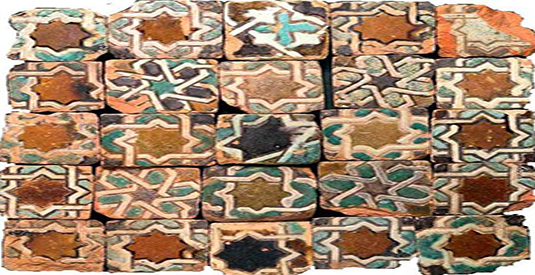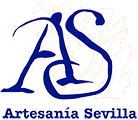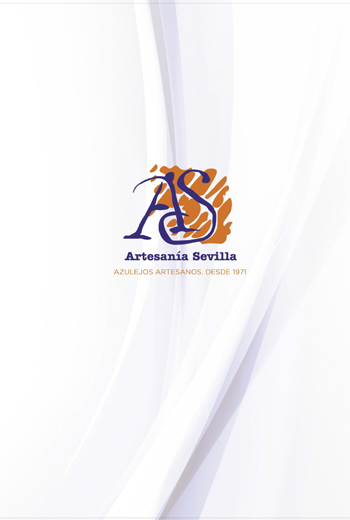- Artisan Tiles
- 0 likes
- 13196 views

Among the multitude of techniques that exist to decorate tiles, there is one that stands out for its complexity of production, but that achieves surprising results. In this post, Artesanía Sevilla will teach you what the so-called “ dry rope technique” is all about.
This technique, called as we have already said of the dry rope, appears for the first time in Spain in the 10th century and it seems that its origin is Moorish, since the Arab peoples, settled in the Iberian Peninsula, used animal fat and pigments minerals (mainly iron or manganese) for the elaboration of drawings on ceramic pieces.
Currently, this technique of painting the tiles by hand is used to decorate the glazed ceramics of the tilework mainly. To carry out the dry rope technique, start by making a drawing with a brush on the base tile, mixing fat and manganese oxide, which will prevent the applied colors from mixing with those of the next step.
Then, in the spaces that we have delimited with that line, the colors that will achieve a decoration with defined lines and differentiated colors will be applied, which creates a visual effect of relief on the tile, although it is really completely smooth, because the glaze melts In its whole. That is, the vision is highlighted but the touch is not.
Historically, the dry rope technique is older than the so-called “basin or edge” technique. Its complete development coincided in the time of Al-Andalus, in the Iberian Peninsula, in the 10th century and within the Moorish and Mudejar culture, more specifically during the reign of the Catholic Monarchs, which caused these two cultures to mix more ahead with the Gothic-Renaissance.
On the other hand, this technique had to coexist with two other types of techniques applied to unglazed ceramics, which are sgraffito and stamp, both belonging to the Almohad period. That finally both ended up being replaced by the basin or edge technique for the most part.
There are three types of dry rope technique which are: one, the flat dry rope, two, the split dry rope and three, the reinforcement dry rope. The one that is used the most is the one indicated in the first place, flat dry rope.

It is important to note that the dry rope can be partial or total, this depends on whether the decoration covers the entire surface of the piece or only a part. When you want to achieve, or there is no other option, to use the split dry rope technique, you have to make a chromatic separation of the decorative elements, managing to previously open the grooves in a piece that is later filled with manganese mixed with a fatty medium. Finally, the spaces between the lines will be filled with the selected colors.
If you liked this type of decoration, this technique is undoubtedly one of the most original when it comes to decorating the tiles that you can use in your home. For this, Artesanía Sevilla provides you with the tiles made with the dry rope technique. Ask without obligation!
Photographs via ceramicatrespiedras.com and rutacultural.com

